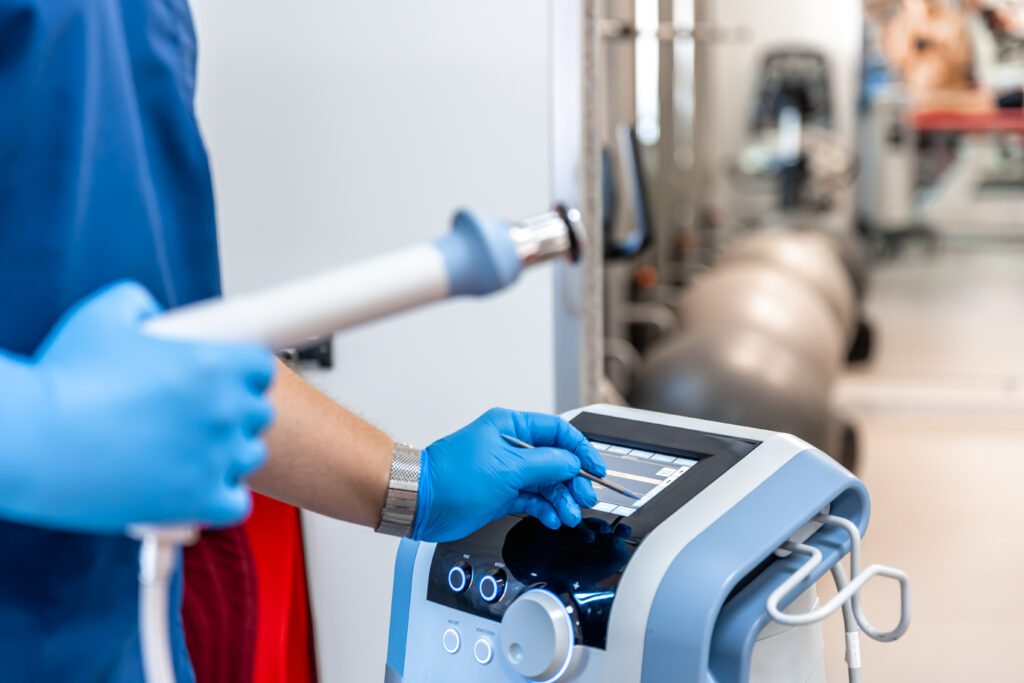Colonoscopy is one of the most important procedures in modern medical technologies for evaluating and maintaining digestive health. This innovative technique allows specialists to examine the interior lining of the colon and rectum using a flexible, camera-equipped device, providing direct visualization of tissues and enabling early detection of abnormalities. By combining advanced imaging with minimally invasive technology, colonoscopy offers a safe, effective, and patient-centered approach to gastrointestinal care.

The Evolution of Colonoscopy
Before colonoscopy, diagnosis of colon-related conditions relied on indirect imaging methods, which often provided limited information about the structure and health of the colon. These traditional approaches made early detection of polyps, inflammation, and tumors challenging, delaying treatment.
The development of colonoscopy transformed gastrointestinal care by allowing direct visualization of the colon in real time. Modern colonoscopes feature high-definition cameras, advanced lighting, and flexible design, enabling specialists to navigate the entire colon safely and comfortably. Innovations such as narrow-band imaging and digital enhancements have further improved detection rates, making colonoscopy a cornerstone of preventive digestive health.
How Colonoscopy Works
Colonoscopy involves the use of a flexible tube called a colonoscope, which is equipped with a high-resolution camera and light source. During the procedure, the colonoscope is gently inserted through the rectum and carefully advanced through the colon.
Specialists monitor a live video feed, examining the mucosal lining for polyps, inflammation, lesions, or other abnormalities. If necessary, instruments can be passed through the colonoscope to perform tissue biopsies, remove polyps, or address minor issues immediately.
Patients typically receive mild sedation to ensure comfort throughout the procedure. Real-time visualization combined with advanced imaging techniques allows specialists to identify even subtle abnormalities with remarkable accuracy.
Key Advantages of Colonoscopy
Colonoscopy provides several advantages that distinguish it from other diagnostic methods:
- Direct Visualization
Unlike imaging methods such as X-rays or CT scans, colonoscopy allows specialists to see the colon lining directly, enhancing the accuracy of detection and diagnosis. - Early Detection and Prevention
Colonoscopy is highly effective for identifying precancerous polyps and early-stage colorectal cancers, enabling timely interventions that can prevent disease progression. - Therapeutic Capabilities
In addition to diagnosis, colonoscopy allows specialists to remove polyps, take biopsies, and address minor issues in the same session, reducing the need for multiple procedures. - Personalized Assessment
Each procedure is tailored to the patient’s anatomy and health status, allowing for precise examination and intervention. - Patient Safety and Comfort
Modern colonoscopes are designed for minimal discomfort, and sedation ensures a smooth, patient-friendly experience. Recovery is typically rapid, allowing patients to resume normal activities soon after the procedure.
Applications Across Medical Fields
Colonoscopy is invaluable in a wide range of clinical scenarios:
Colorectal Cancer Screening
Colonoscopy is the gold standard for detecting colorectal cancer and precancerous polyps, providing a critical tool for preventive healthcare.
Evaluation of Gastrointestinal Symptoms
Patients with symptoms such as persistent abdominal pain, rectal bleeding, or changes in bowel habits benefit from colonoscopy, which allows specialists to identify underlying causes accurately.
Inflammatory Bowel Disease Monitoring
For individuals with conditions such as Crohn’s disease or ulcerative colitis, colonoscopy enables ongoing monitoring of disease activity, helping guide treatment adjustments.
Polyp Removal and Biopsy
Colonoscopy allows for immediate removal of polyps and collection of tissue samples for histological examination, streamlining care and reducing the need for additional procedures.
Research and Clinical Studies
Colonoscopy contributes to medical research by providing high-quality tissue samples and visual data for studies on gastrointestinal health and disease mechanisms.
Integration of Advanced Imaging and Data Analytics
Modern colonoscopes incorporate advanced imaging technologies such as high-definition cameras, narrow-band imaging, and digital enhancement. These tools improve detection rates, particularly for subtle lesions that might otherwise be missed.
Artificial intelligence and machine learning are also being integrated into colonoscopy workflows. AI algorithms analyze live video feeds to identify potential polyps or abnormalities in real time, assisting specialists in achieving greater accuracy and efficiency.
Challenges and Future Perspectives
While colonoscopy is a highly effective procedure, it requires specialized training, patient preparation, and careful technique to ensure optimal outcomes. Patient adherence to bowel preparation and comfort during the procedure are critical factors.
Future developments aim to enhance imaging, incorporate robotic-assisted colonoscopy, and expand AI-driven diagnostic support. These innovations promise to make colonoscopy even more precise, efficient, and patient-friendly, extending its role in preventive healthcare and early disease detection.
The Broader Impact on Medical Technologies
Colonoscopy exemplifies the integration of advanced imaging, minimally invasive techniques, and patient-centered care in modern medical technologies. By providing both diagnostic and therapeutic capabilities in a single procedure, it has revolutionized gastrointestinal care.
Beyond its direct clinical applications, colonoscopy drives research, informs public health screening strategies, and sets a standard for combining precision, safety, and efficiency in patient care.

Conclusion
Colonoscopy has transformed the landscape of digestive health. Its ability to provide direct visualization, early detection, and minimally invasive intervention ensures better outcomes and a patient-centered approach. With continued innovation, including AI-assisted imaging and advanced procedural techniques, colonoscopy remains a cornerstone of preventive healthcare and gastrointestinal diagnostics.


